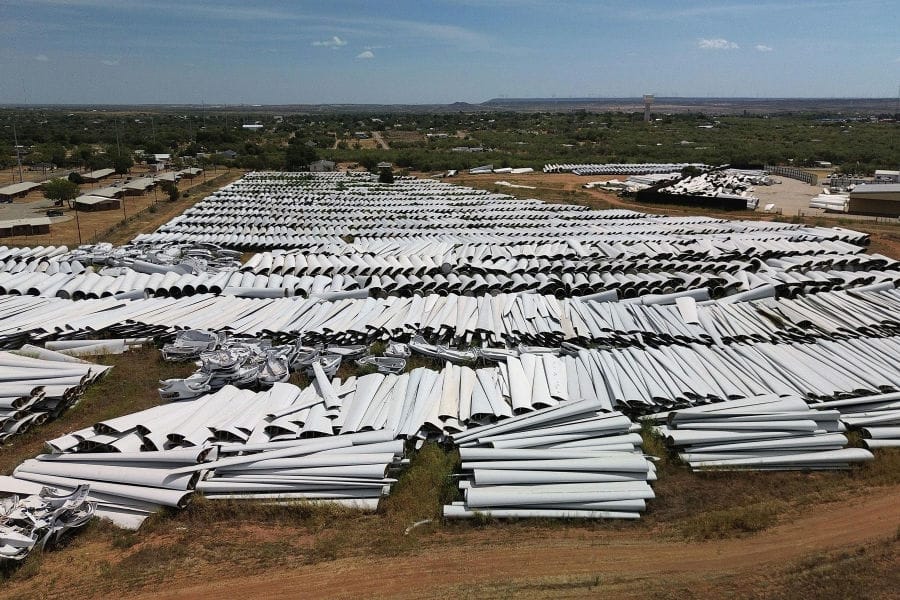Table of Contents
13 Oddities About Wind Turbines: Unusual facts
Wind turbines, those towering structures dotting landscapes and coastlines, are marvels of modern engineering that harness the power of the wind to generate electricity. Beyond their technological prowess, wind turbines come with a host of fascinating and unusual aspects that might surprise many. Here are 13 oddities about wind turbines that highlight their unique and intriguing characteristics:
1. Giant Size and Scale
Wind turbines are enormous. The tallest Wind turbines can reach heights of over 850 feet, with blades that span more than 350 feet. For perspective, that’s taller than many skyscrapers, and the blades alone can be longer than a football field.
2. Silent Giants
Despite their size, wind turbines are relatively quiet. The noise generated by a wind turbine is usually around 50 decibels, comparable to the sound level of a household refrigerator. This makes them less disruptive to surrounding environments than one might expect.
3. Wind Turbine Graveyards
Decommissioned wind turbine blades are challenging to recycle due to their composite materials. Some end up in “wind turbine graveyards,” buried in large pits. Efforts are ongoing to develop more sustainable recycling methods for these massive structures.

4. Bird and Bat Interactions
Wind turbines pose a threat to birds and bats, with some being struck by the rotating blades. However, modern wind farms employ various mitigation strategies, such as radar technology and altering turbine operation during migration seasons, to minimize these impacts.
5. Blade Flexibility
The blades of a wind turbine are designed to be incredibly flexible. They can bend significantly in high winds, which helps them absorb and dissipate energy without breaking. This flexibility is crucial for their durability and longevity.
6. Innovative Designs: Vertical-Axis Turbines
While most wind turbines are the familiar horizontal-axis type, there are also vertical-axis turbines. These turbines have blades that rotate around a vertical axis and are often used in urban environments or areas with variable wind directions. They have a unique appearance and different operational characteristics.

7. Global Growth and Usage
Denmark leads the world in wind energy production per capita, with wind turbines providing nearly 50% of the country’s electricity. Globally, the adoption of wind energy is growing rapidly, with countries like China and the United States significantly expanding their wind power capacity.
8. Wind Turbines in the Ocean
Offshore wind farms in bodies of water, harness stronger and more consistent winds than onshore turbines. These turbines are anchored to the seabed or floating structures, and they play a crucial role in expanding renewable energy capabilities, especially in Europe.
9. Wind Turbine Shadow Flicker
The rotating blades of a wind turbine can create a phenomenon known as “shadow flicker,” where the sun casts moving shadows through the rotating blades. This effect can be a nuisance to nearby residents, and modern wind farms are designed to minimize its impact by strategic placement and operation adjustments.

10. Lifespan and Repowering
The average lifespan of a wind turbine is about 20-25 years. After this period, they are often repowered, which involves replacing old turbines with newer, more efficient models. This process helps maintain and improve energy production without needing entirely new sites.
11. Wind Turbine Ice Throw
In colder climates, ice can accumulate on wind turbine blades. When the ice eventually breaks off, it can be thrown a considerable distance. Wind farms in such regions are designed with safety measures to account for this potential hazard, ensuring the protection of both people and property.
12. Energy Payback Time
Wind turbines have a short energy payback time. This means the energy used to manufacture, transport, install, and maintain a wind turbine is typically recouped within the first six months to a year of operation, making it a highly efficient form of energy generation.
13. Wind Turbine Farms and Tourism
Some wind farms have become tourist attractions. For instance, the Whitelee Wind Farm in Scotland has a visitor center that offers tours, educational exhibits, and scenic trails. These sites help educate the public about renewable energy and demonstrate the beauty and potential of wind power.

Conclusion
Wind turbines are technological marvels and also subjects of many fascinating and unusual facts. From their enormous size and innovative designs to their interactions with wildlife and impacts on local communities, wind turbines offer intriguing aspects. Exploring these oddities provides a deeper appreciation of the complexities and potential of wind energy, highlighting its role in the transition to a more sustainable future.
Have you seen these Categories?
